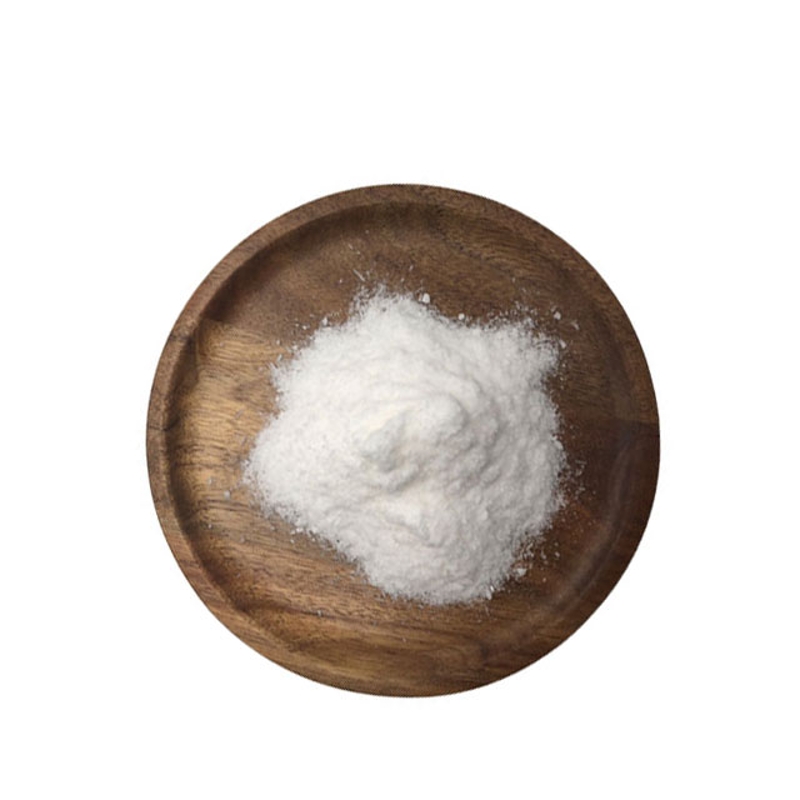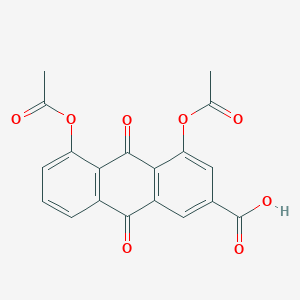-
Categories
-
Pharmaceutical Intermediates
-
Active Pharmaceutical Ingredients
-
Food Additives
- Industrial Coatings
- Agrochemicals
- Dyes and Pigments
- Surfactant
- Flavors and Fragrances
- Chemical Reagents
- Catalyst and Auxiliary
- Natural Products
- Inorganic Chemistry
-
Organic Chemistry
-
Biochemical Engineering
- Analytical Chemistry
- Cosmetic Ingredient
-
Pharmaceutical Intermediates
Promotion
ECHEMI Mall
Wholesale
Weekly Price
Exhibition
News
-
Trade Service
Since its discovery in November last year, the SARS-CoV-2 superstrain Omicron has rapidly spread globally and gradually replaced the previous Variants of Concern (VOCs), Omicron The strain has more than 30 mutations in the Spike protein, allowing it to evade immunity from most therapeutic neutralizing antibodies and some vaccines
.
Therefore, the development of potent neutralizing antibodies against Omicron is of great clinical significance
.
Recently, the team of Zhu Yongqun of Zhejiang University, together with the team of Deng Kai of Sun Yat-Sen University, the team of Chen Zhiwei of the University of Hong Kong and the team of Ye Lilin of the Army Medical University, published an online article entitled: 35B5 antibody potently neutralizes SARS-CoV-2 Omicron in Cell Host & Microbe, a sub-journal of Cell.
The research paper by disrupting the N-glycan switch via a conserved Spike epitope reports that the full-spectrum human monoclonal antibody 35B5 of SARS-CoV-2 VOCs can potently neutralize Omicron and reveal its novel mechanism of action
.
The research team found that the receptor binding domain (RBD)-targeting mAb 35B5 not only potently neutralized previous VOCs, but also had nanomolar neutralization effects on Omicron
.
In order to study the structural basis of Omicron immune evasion and the potent neutralization of Omicron by 35B5, the researchers analyzed the cryo-EM structure of the Omicron Spike extracellular domain (S-ECD) complex with 35B5 Fab, and found that the Omicron S trimer has a more compact structure.
Structural packing and a more stable conformation
.
Further analysis of the RBD domain of Omicron showed that the 15 mutations it contained significantly changed the structure and surface electrostatic distribution of RBD, resulting in the antigenic transfer of RBD; in addition, the NTD of Omicron contained a total of 8 mutations, of which G142D and L212I were located on the surface , antigenic transfer of NTDs
.
So, why did these changes not affect the targeting of Omicron by 35B5? The research team found that the epitope (epitope) of 35B5 on Omicron RBD is invariant in different VOCs, and the highly conserved epitope is the molecular basis of 35B5 targeting Omicron and other VOCs RBD
.
Next, the research team analyzed why the epitope of 35B5 is so conservative? It was found that the 35B5 epitope residue is not only critical for the structural integrity of RBD and ACE2 binding, but also participates in controlling the dynamic transition of RBD conformation
.
The recognition of RBD by ACE2 requires the RBD to change from the down conformation to the up conformation to expose the ACE2 epitope.
The N165-glycan and N234-glycan on the NTD sandwich the two sides of the RBD like a switch that controls the conformational transition of the RBD
.
Among them, the N165-glycan plays a key role in maintaining the down conformation of RBD, which has a large number of interactions with the binding pocket formed by Y351, T470, F490 and L452 on the 35B5 epitope
.
After 35B5 binds to S, the N-165 glycan is released from the binding pocket, and the N234-glycan is also completely released into the solvent, thereby opening the glycan switch, allowing the down RBD to be converted into an unstable up RBD, which eventually leads to the S trimer The unique glycan translocation mechanism represents a novel SARS-CoV-2 neutralization mechanism (as shown in the figure below)
.
This work shows that the full-spectrum potent neutralizing effect of 35B5 on SARS-CoV-2 VOCs and high antigen transfer tolerance make it a good candidate for clinical treatment
.
Young researcher Wang Xiaofei in Zhu Yongqun's laboratory, and doctoral students Tan Jiaxing and Xu Yan completed electron microscopy experiments and structural analysis; doctoral student Chen Xiangyu from Ye Lilin's team provided 35B5 antibody and completed the pseudovirus neutralization experiment; Dr.
Zhou Runhong, a researcher in Chen Zhiwei's team, completed Omicron True virus neutralization experiment; Zhou Yan's team from Zhejiang University Institute of Microbiology and Deng Kai's team from Sun Yat-Sen University provided relevant experimental reagents
.
Paper link: https://doi.
org/10.
1016/j.
chom.
2022.
03.
035 Open for reprinting, welcome to forward to Moments and WeChat groups







